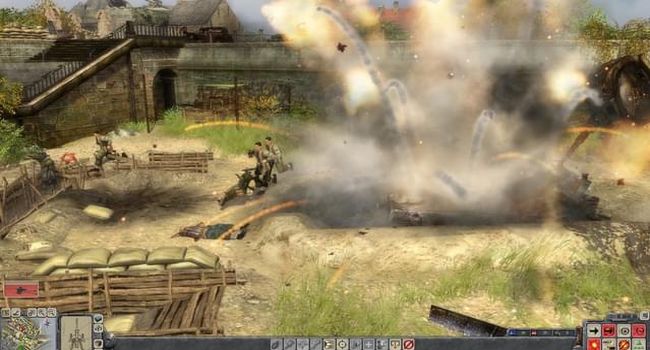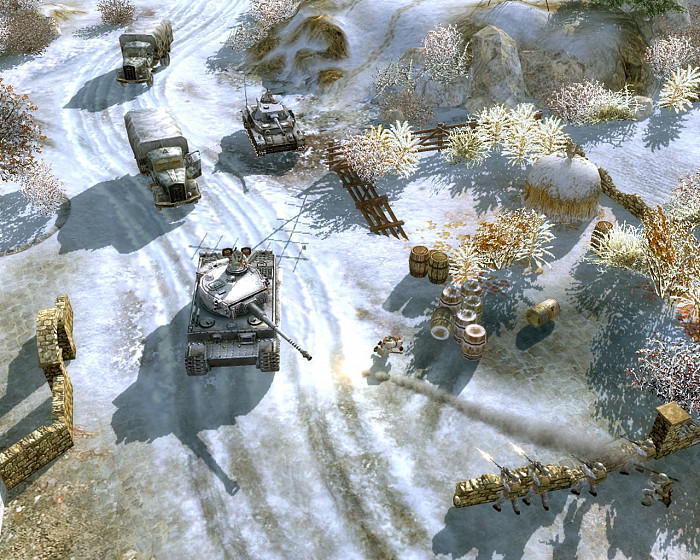

“We may never know who any of them are,” Burns said. Director Courtney Burns said the sketches will be posted on the museum’s website and likely will be displayed in an exhibit this year.

The unidentified drawings were delivered to the military museum Dec. Dube hasn’t definitively identified the soldier in the Reid sketch.

Orbe, a New York City native, survived the war and died in 1974. Using information he found online, Ira Dube was able to track down Kratky and Orbe’s relatives in upstate New York. Three of the soldiers signed their names next to Dube’s: Kenneth Reid, Joseph Joner Kratky and Joe Orbe, who added his nickname, “Solid Jackson.” On all the drawings, Dube put the month, year and his signature in the lower right corner. Army 27th Infantry Division soldiers were among more than a dozen done by his father, Stan Dube, during World War II. These sketches provided by Ira Dube of U.S. Dube drew no backgrounds and barely sketched out his subjects’ shoulders, but he took care to capture his subjects’ eyes and faces. The sure-handed sketches mostly show young men looking pensively into the distance, though a few crack a smile. Stan Dube, who died in 2009, was drafted into the Army while studying architecture at Syracuse University, and he put his drawing skills to use by sketching pencil- and charcoal-on-paper portraits of his fellow soldiers while the 27th Division was stationed in Hawaii in 1943. “I look at these sketches and I see a hero.”ĭube found the signed sketches in the attic of his sister’s home in Mississippi early last year while they were going through their father’s belongings. “These people need to be remembered,” said Ira Dube, 61, a retired Navy veteran living in Woodland Park, Colorado. It’s not known whether any of the men depicted in the artwork are still alive. He recently donated the original sketches to the New York State Military Museum and Veterans Research Center in hopes its artifacts and records could be used to help identify more of the soldiers. One was killed on Saipan the other died in the 1970s.īecause the 27th was a former New York National Guard unit, Dube believes most or all of the other 15 men also were New Yorkers. So far he has definitively identified two of the soldiers, both New Yorkers who served in the 27th Division’s 105th Infantry Regiment, which suffered heavy casualties in the Battle of Saipan in the Pacific. Now, Ira Dube is on a mission to identify the men in his late father’s 75-year-old artwork. The 17 drawings were forgotten after the war and stashed in an attic for decades before being found a year ago by his son. Before the Army’s 27th Infantry Division was decimated in a bloody World War II battle, Stan Dube sketched portraits of his fellow soldiers.


 0 kommentar(er)
0 kommentar(er)
